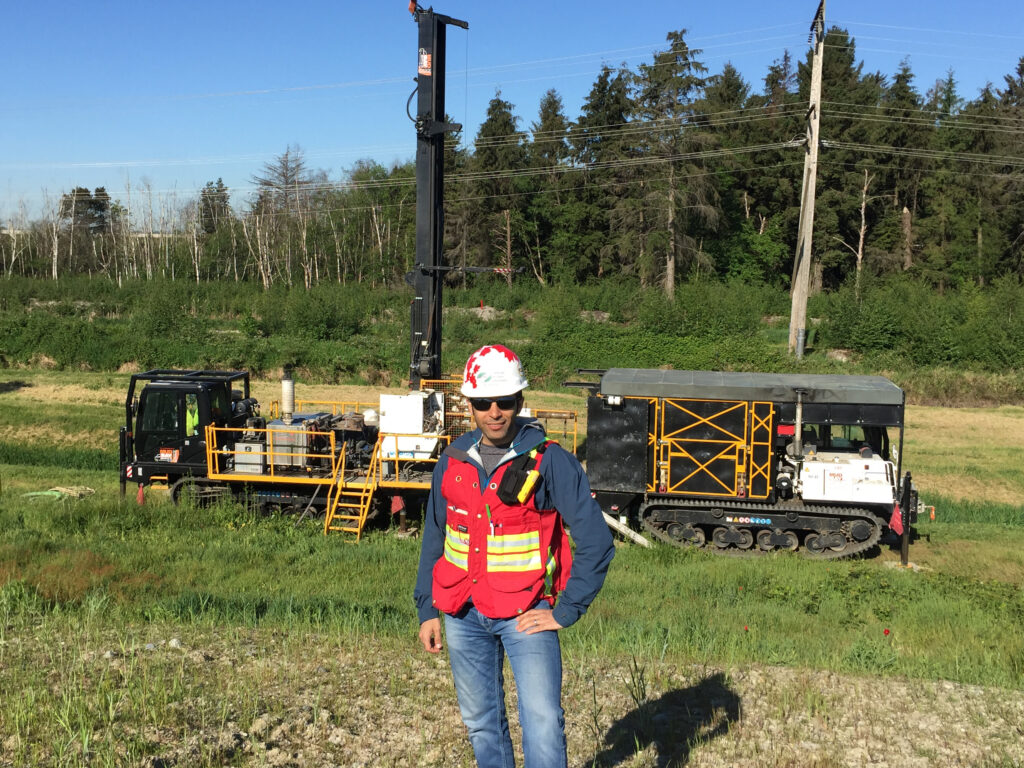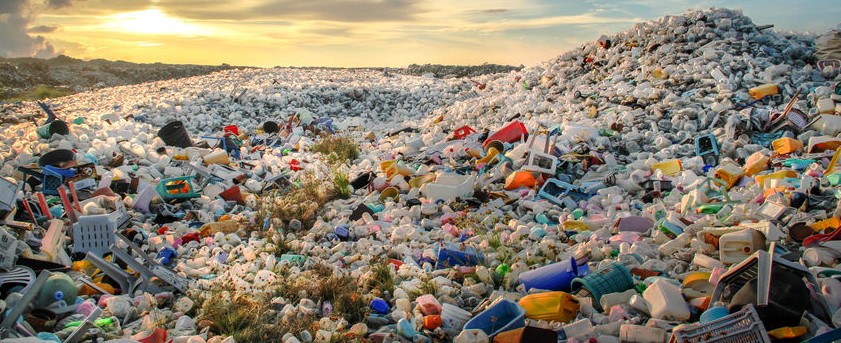A landfill site, also known as a tip, dump, rubbish dump, garbage dump, or dumping ground, is a site for the disposal of waste materials. A landfill is the oldest and most common form of waste disposal, although the systematic burial of the waste with daily, intermediate and final covers only began in the 1940s. In the past, refuse was simply left in piles or thrown into pits; in archeology, this is known as a midden.
Some landfill sites are also used for waste management purposes, such as temporary storage, consolidation, and transfer, or for various stages of processing waste material, such as sorting, treatment, or recycling. Unless they are stabilized, landfills may undergo severe shaking or soil liquefaction of the ground during an earthquake.
Operations
Operators of well-run landfills for non-hazardous waste meet predefined specifications by applying techniques to:
- confine waste to as small an area as possible
- compact waste to reduce the volume
They can also cover waste (usually daily) with layers of soil or other types of material such as woodchips and fine particles.
During landfill operations, a scale or weighbridge may weigh waste collection vehicles on arrival and personnel may inspect loads for wastes that do not accord with the landfill’s waste acceptance criteria. Afterward, the waste collection vehicles use the existing road network on their way to the tipping face or working front, where they unload their contents. After loads are deposited, bulldozers can spread and compact the waste on the working face.
Before leaving the landfill boundaries, the waste collection vehicles may pass through a wheel-cleaning facility. If necessary, they return to the weighbridge for re-weighing without their load.
The weighing process can assemble statistics on the daily incoming waste tonnage, which databases can retain for record-keeping. In addition to trucks, some landfills may have the equipment to handle railroad containers. The use of “rail-haul” permits landfills to be located at more remote sites, without the problems associated with many truck trips.
Typically, in the working face, the compacted waste is covered with soil or alternative materials daily. Alternative waste-cover materials include chipped wood or other “green waste”, several sprayed-on foam products, chemically “fixed” bio-solids and temporary blankets.
Blankets can be lifted into place at night and then removed the following day prior to waste placement. The space that is occupied daily by the compacted waste and the cover material is called a daily cell.
Waste compaction is critical to extending the life of the landfill. Factors such as waste compressibility, waste-layer thickness, and the number of passes of the compactor over the waste affect the waste densities.
Landfill gas
Gases are produced in landfills due to the anaerobic digestion by microbes. In a properly managed landfill, this gas is collected and used. Its uses range from simple flaring to landfill gas utilization and generation of electricity. Landfill gas monitoring alerts workers to the presence of a build-up of gases to a harmful level. In some countries, landfill gas recovery is extensive; in the United States, for example, more than 850 landfills have active landfill gas recovery systems.

Canada
Landfills in Canada are regulated by provincial environmental agencies and environmental protection legislation. Older facilities tend to fall under current standards and are monitored for leaching. Some former locations have been converted to parkland.
